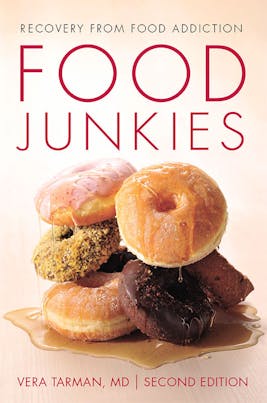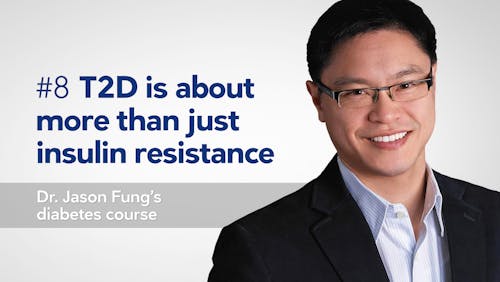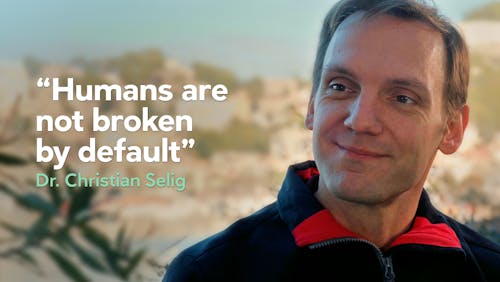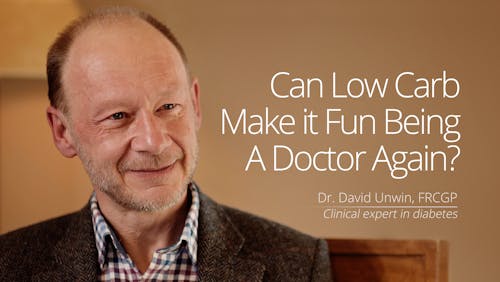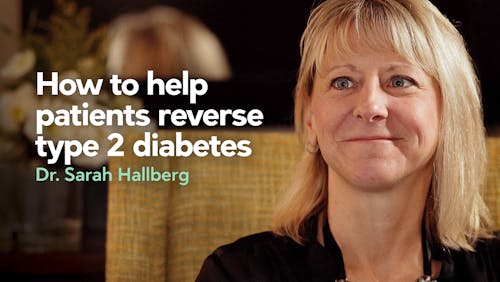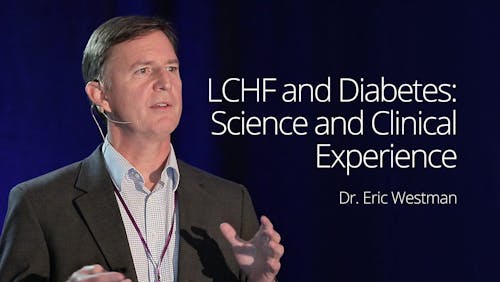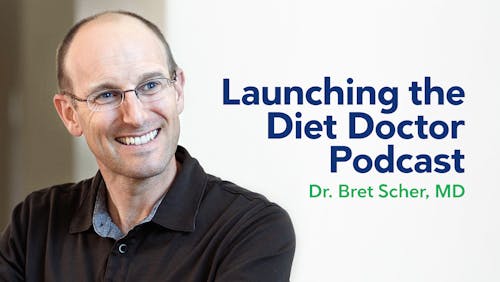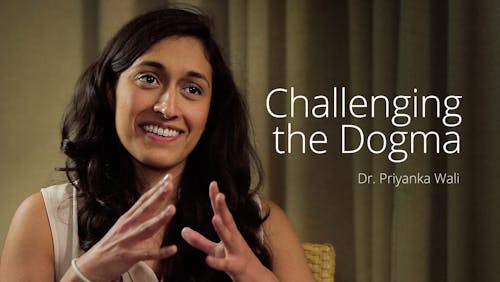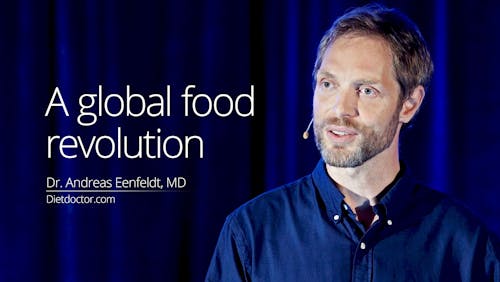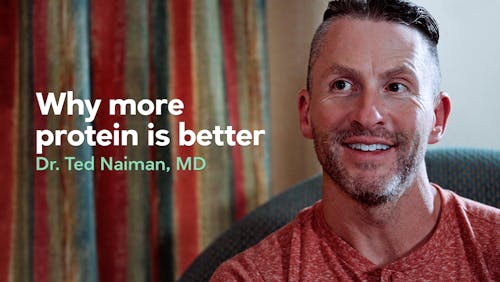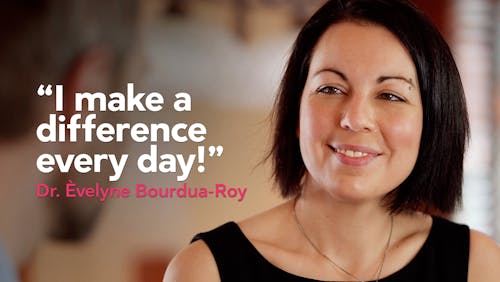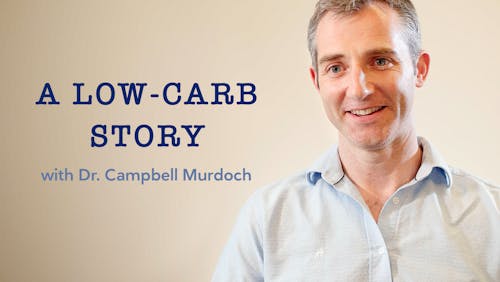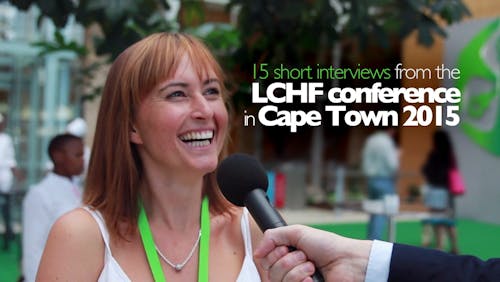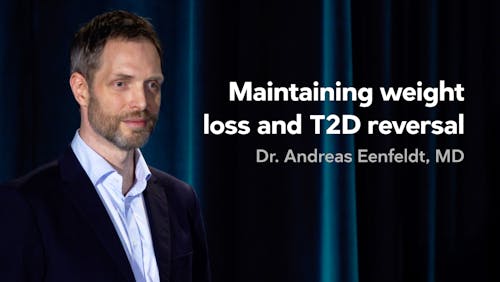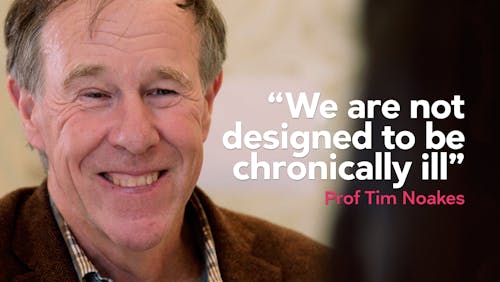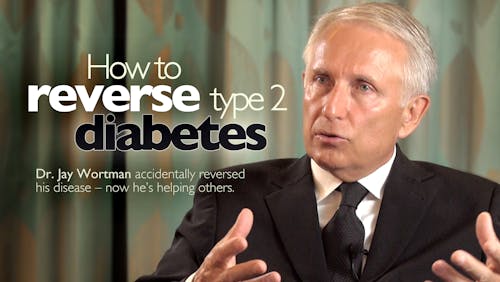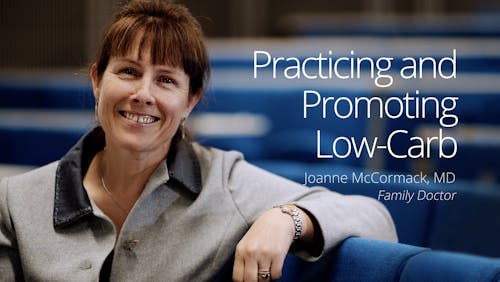Nicole’s case: keto solves lifelong obesity and food issues
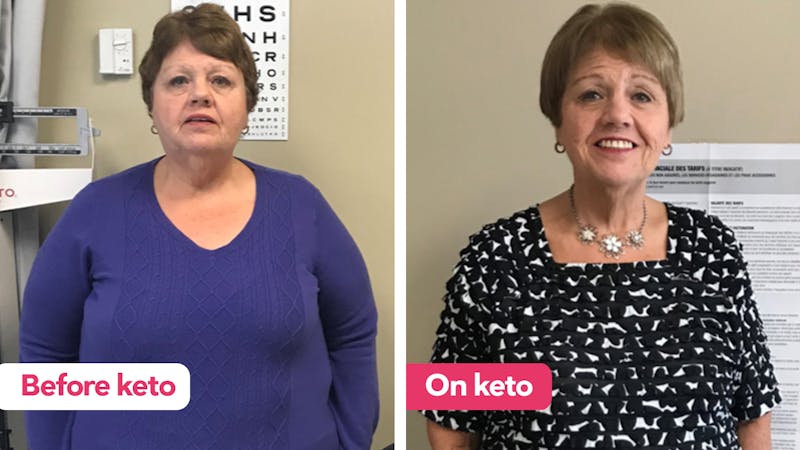
At 67 years of age, Nicole had been obese nearly all her life. At the age of 5, she remembers a photo of herself sitting on the porch alongside her sisters and cousins at her aunt’s house. It was clear in the photo that she was already obese. At 14, she weighed 95 kg (210 pounds). It was a painful experience for her being called fat at school.
When she was 17, Nicole went to see a dietician, who helped her get down to 66 kg (145 pounds), which she maintained until she got married at 22. A year into her marriage, her husband left to work in Northern Quebec for six years. He would come back for ten days of vacation every two months, and in the winter, he was at home from December until March.
It was during this time she started to regain weight. At 24, she weighed 100 kg (220 pounds), and blamed her weight gain on emotional eating, as she lived alone the majority of the year. This weight gain caused an enormous amount of guilt.
Nicole had two pregnancies, gaining only 9 kg (20 pounds) during each. However, between and after her pregnancies, she continued to gain more weight. She found herself at 145 kg (320 pounds) at the age of 58.
In 2010, Nicole lost 45 kg (100 pounds) with the help of a naturopath that she saw weekly. She followed a high-protein diet that included bars, cookies, and shakes. She ate one meal a day, and the rest of the day she consumed artificial packaged protein products that, by the end, she couldn’t even swallow.
Nicole regained 27 kg (60 pounds) during the two years that followed. For several years, she continued losing, gaining, losing, and gaining weight over and over again.
Having been obese almost all her life, Nicole was embarrassed and shut herself in. Nevertheless, she was successful in her professional life as an administrative assistant for the director of a large company. She worked hard to be the best and to be appreciated by her coworkers but felt inferior to others, even though she knew she was qualified in her position. In her head, because of her weight, she felt that the other administrative assistants were always better than her.
In hindsight, Nicole realizes that she spent her life in a state of mild depression. She had hyperphagia attacks at night several times a week, and afterwards would be overcome with guilt. She knew she was destroying herself, but she couldn’t understand why she couldn’t just stop. She has two beautiful children, both of whom have type 1 diabetes. When they were young, she could hardly play with them because she wasn’t able to sit on the floor with them, run alongside or play outside with them.
Nicole was sad to miss so many things. In addition, she told herself she would not live to an old age as she had several chronic diseases, including high blood pressure, high cholesterol, asthma, sleep apnea, and type 2 diabetes, for which she had taken four daily insulin injections for 33 years.
The ketogenic diet leads to weight loss and diabetes reversal
Nicole enrolled in the Reversa Clinic program and started the ketogenic diet on October 27, 2018. She weighed 113 kg (248 pounds).
As I do with all diabetic patients on SGLT2 inhibitors who start a ketogenic diet, I discontinued her Invokana on that first day. Taking this type of medication while starting a low-carb or very-low-carb diet can increase the risk of ketoacidosis. This medication works by making the kidneys excrete some of the glucose circulating in the blood. Since my patients are no longer eating sugar, I think they can do without this expensive drug.
On October 30, her blood sugar levels had already dropped, and we were able to discontinue her short-acting insulin, while reducing her long-acting insulin, from 15 units to 10 units.
When we’re in the process of weaning patients off insulin, we aim for blood sugar levels to be between 8 and 12 mmol/L or 144 and 216 mg/dL. Higher numbers are treated with an insulin sliding scale, while lower numbers indicate that it might be time to reduce the insulin some more. These sugar levels are definitely not optimal and are tolerated only for a short period of time, while the patients are working on their diet and lifestyle habits.
If we see no progress in their blood sugar levels for a few weeks, we troubleshoot with the patients. It can be a carb creep, but it’s often a combination of a few things, like bad sleep, increased stress levels, pain, or infections.
On October 31, we reduced her long-acting insulin from 10 units to 5. The following day, her sugar levels showed she no longer needed insulin of any kind.
I’d like to emphasize the fact that Nicole had had type 2 diabetes for decades, and had been using insulin for the past 33 years. Within a few days of starting a ketogenic diet, that insulin was no longer necessary. It was a big victory!We’re not able to completely stop insulin with every single patient. Sometimes, the pancreas is too damaged. This is the reason why we check their c-peptides, to make sure the pancreas is still able to produce enough insulin to take over, once we remove the exogenous insulin. In her case, as she had been quite diligent with her treatment and her blood sugar levels all her diabetic life, there didn’t seem to be too much irreversible damage to her pancreas.
Additional health improvements and medication reduction
In November 2018, Nicole decided on her own to stop her inhalers for her asthma. She kept the inhalers, though, just in case. I don’t deprescribe asthma medication, but many patients have indeed reported not needing them as much after starting a low-carb diet. Her weight was down to 102 kg (225 pounds).
On December 20, 2018, she had an appointment with her family doctor, who reduced her amlodipine from 10 mg to 7.5 mg, because her blood pressure was getting too low. At the time, she was also on a diuretic, which is the drug I would have stopped first since it makes patients urinate more, and she already had an overactive bladder with some incontinence. Diuretics also make electrolyte management more challenging.
On January 30, 2019, her weight was down to 90.5 kg (199 pounds). Her blood sugar levels were so low, we were able to reduce her metformin from 850 mg twice a day to 850 mg once a day. It was the way she preferred it. I usually prefer to decrease each dose. In this case, I might have reduced her metformin to 500 mg twice a day, and then 250 mg twice a day or 500 mg once a day. I think these are all good options, and there isn’t just one correct way to deprescribe metformin. The best way is likely the one the patient prefers.
I also stopped her diuretic medication, since her blood pressure was once again too low.
In February, her weight was 85.5 kg (188 pounds). Nicole stopped her antacid medication she had been taking for acid reflux. She no longer felt she needed it.
On March 4, her blood pressure was back to being too low, so her family doctor stopped her amlodipine completely.
On April 15, 2019, she went to get a second ultrasound to see if her fatty liver had improved. The u/s report mentions that her formerly severe hepatic steatosis was now mild.
On May 29, 2019, her last day in the program, we completely stopped metformin. She weighed 73 kg (161 pounds). It was a glorious day!
I only reduce or stop metformin when blood sugar levels are pretty much normal all the time, including in the morning. Until then, metformin seems to help with weight loss and insulin sensitivity. Some patients keep taking a small dose of metformin after they have done their 6-month program with us. It’s really case by case.
On that day, Nicole also told me that her mood had improved a lot. She no longer suffered from constipation, which she had experienced all her life. She didn’t have urinary incontinence anymore, was full of energy and wasn’t obsessed about food all day long anymore. Best of all, she hadn’t had any hyperphagia or binge eating episodes since October.I was so happy for her, and so proud of her!
In the following months, I ended up asking Nicole is she wanted to become my patient. I felt honoured when she agreed. I didn’t know it at the time, but Nicole was about to become my teacher.
The return of cravings, out-of-control eating, and weight gain
A few months later, Nicole came to my medical clinic for a consultation. She was in distress. She had been gaining weight. She told me that she and her husband had celebrated their wedding anniversary in July. For the occasion, they agreed to share a dessert at a nice restaurant. Nicole hadn’t had any sweet food or dessert since October 27, 2018. They thought it would be harmless, considering how well she had been doing so far.
It turned out to be a big mistake.
Nicole was back into craving grains and sugars, and was having hyperphagia episodes again. She didn’t know how to stop this from happening. She was coming for help, but I felt like she was deep in a river full of turmoil, struggling to stay afloat, panicked, while I just watched her from the shore, without any way to help her not drown. I didn’t have any life vest to throw at her.
This was my introduction into the world of food addictions, which I didn’t know existed before. Of course, I knew about eating disorders, like anorexia and bulimia, but this was something else.
Sugar and food addiction: new concepts and insights
Note: Although they are gaining acceptance among professionals, sugar addiction and food addiction remain controversial diagnoses, and the terminology and its application are not agreed upon by all.
I educated myself on food addictions, first by reading Food Junkies, by Dr. Vera Tarman, who is a Toronto-based family doctor who has been working with all kinds of addictions for the past 20 years, and is herself a food addict. I highly recommend her book to healthcare professionals and patients alike.
There is also lots of information on Diet Doctor’s website about sugar addiction, including a great video series with Bitten Jonsson, a registered nurse who is an expert on food and sugar addictions. Bitten doesn’t do patients consultations anymore, but she trains healthcare professionals in sugar addiction.
I also highly recommend the textbook on processed food addiction by Joan Ifland, for healthcare professionals who want to diagnose and help treat patients with food addictions.
I would also suggest to healthcare professionals to start using the Yale Food Addiction Scale to screen for food addictions in their patients who may have an abnormal relationship with food, as is also suggested by Dr. Tro in this video, where he talks about his own struggle with food addiction. Sometimes, these patients can appear as “not following your advice,” “being unmotivated” or “self-sabotaging.”
These patients rarely speak up about their addiction. As a matter of fact, they may not even know they have a food addiction! They likely blame themselves for their repeated failures, and believe it’s their fault for not being determined enough. They think they need to work harder to control this.
But as with any addiction, it cannot be controlled. That is not how it works. Believing we can control it and have “a little bit in moderation, once in a while” is doomed to failure. We all know that an alcoholic who has managed to be sober for 10 years should not celebrate with having “just one beer,” because that person is likely not going to be able to stop after one beer. This is what happened to Nicole when she shared a dessert with her husband. One bite was too many, and a thousand wasn’t enough.
The DSM-V doesn’t recognize food addiction as an entity. However, it lists criteria for diagnosing a substance use disorder, which could certainly apply to food addictions, where junk food, sweets, and processed foods are the substance of abuse.
The criteria for substance use disorder — which are well-detailed in context with processed food in Ifland’s textbook — are: unintended use, failed attempts at cutting back, time spent, cravings, failure to fulfill roles, interpersonal problems, activities given up, physically hazardous use, use in spite of knowledge of consequences, progression and withdrawal.
Nicole and I discussed a few strategies to get her back on the horse. She tried going to meetings for Overeaters Anonymous, which is a 12-step program similar to Alcoholics Anonymous, available in many countries all over the world. However, after attending a few sessions, she felt it wasn’t for her. She also saw a therapist who specialises in eating disorders, but she didn’t find it helpful. In the end, she committed to total abstinence, and we agreed to meet on a regular basis, mainly for support.
This made me realize that as long as food addiction isn’t officially recognized, patients will keep on struggling to find adequate help locally, and/or in their language, at a reasonable cost. This condition deserves more awareness from healthcare professionals and medical organizations.
Last time I saw Nicole, she was doing really well and had not had any recent hyperphagia episodes. Her weight was stable, and her blood sugar levels remained in the normal range. Above all, she had serenity.
I’m sorry Nicole has had to struggle with food her whole life, to the point where she developed type 2 diabetes, obesity and other complications from her addiction. But I’m grateful that she crossed my path, and helped me learn about food addiction. She has made me a better doctor, I believe.
Earlier
Case report: Denis, and how the ketogenic diet saved his life
Case report: Christian – Or how one man claims to have found the fountain of youth on low carb!


Low carb & keto for clinicians
GuideAre you a doctor or do you know a doctor? Are you interested in low carb and keto diets? Then this resource could be something for you to use or share!
